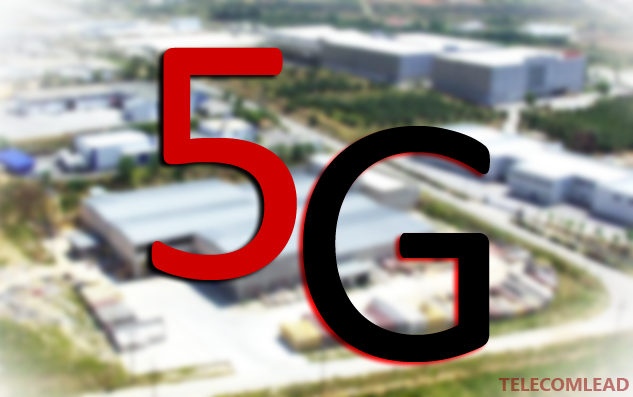
5G is the next business opportunity for both AT&T and Verizon in the American telecom network market.
AT&T chief strategy officer John Donovan says its $48.5 billion acquisition of DIRECTV will give it the edge over U.S. rival Verizon in rolling 5G mobile technology. The commercial availability of 5G network is expected globally in 2020. But AT&T and Verizon are planning to launch 5G networks before 2020.
AT&T will capitalize on DIRECTV’s fixed-line network for launching its 5G networks, said AT&T chief strategy officer John Donovan in an interview at Mobile World Congress 2016 in Barcelona.
“We are in a better position because we have a fixed line proposition which is becoming much more interesting now with 5G,” Donovan said.
Verizon spokesman Jim Gerace to Reuters: “AT&T has followed us in every turn of technology — wireless and wired — and they will again with 5G.”
The telecom industry will release official standards for 5G in 2018. Telecom network vendors ZTE, Huawei, Samsung, Ericsson and Nokia want to bet on the 5G market. Nokia CEO Rajeev Suri says the company is expecting initial network deals in the 5G space in the next 1-2 years.
AT&T said this month it planned to have trials of 5G mobile technology by the end of this year, while Verizon said late last year it would kick off trials in 2016.
Chipset major Intel is betting big on 5G. “Billions of connected devices, data-rich personalized services, and cloud applications are driving the need for smarter and more powerful networks,” said Aicha Evans, corporate vice president and general manager of the Intel Communication and Devices Group.
Verizon on 5G
Verizon in association with telecom network partners such as Ericsson, Intel, Nokia, Samsung, and Qualcomm made significant progress on field networks, testing the characteristics of 5G technology in real-world environments.
Ed Chan, senior vice president, Technology Strategy & Planning, Verizon, said: “We were the first to launch 4G nationwide. Our field technical trials are proving that5G is here and ready to be commercialized, and we’ve constructed several test beds that represent real-world environments.”
Multiple gigabits per second speeds and single-millisecond latency will deliver the benefits of fiber to wireless. 5G will have the ability to handle exponentially more connected devices and accommodate the explosion of the Internet of Things.
“We plan to expand this testing significantly over the next several months. We want to quickly make some key technical decisions and move rapidly to pre-commercial form factors and testing later this year,” said Adam Koeppe, vice president Network Technology Planning, who is leading the technical trial efforts.
“We are also collaborating closely with our peer operators in the Asian markets as we are very much aligned towards implementing 5G technology in 2017,” Adam Koeppe said.
Baburajan K
editor@telecomlead.com
